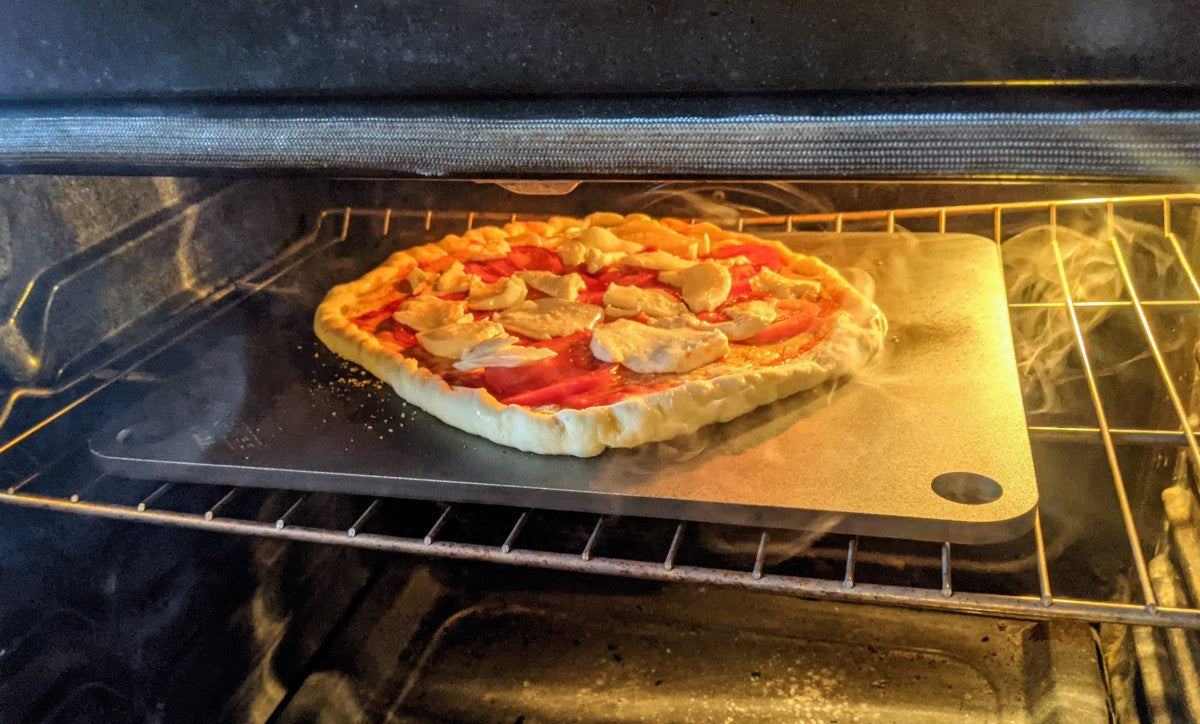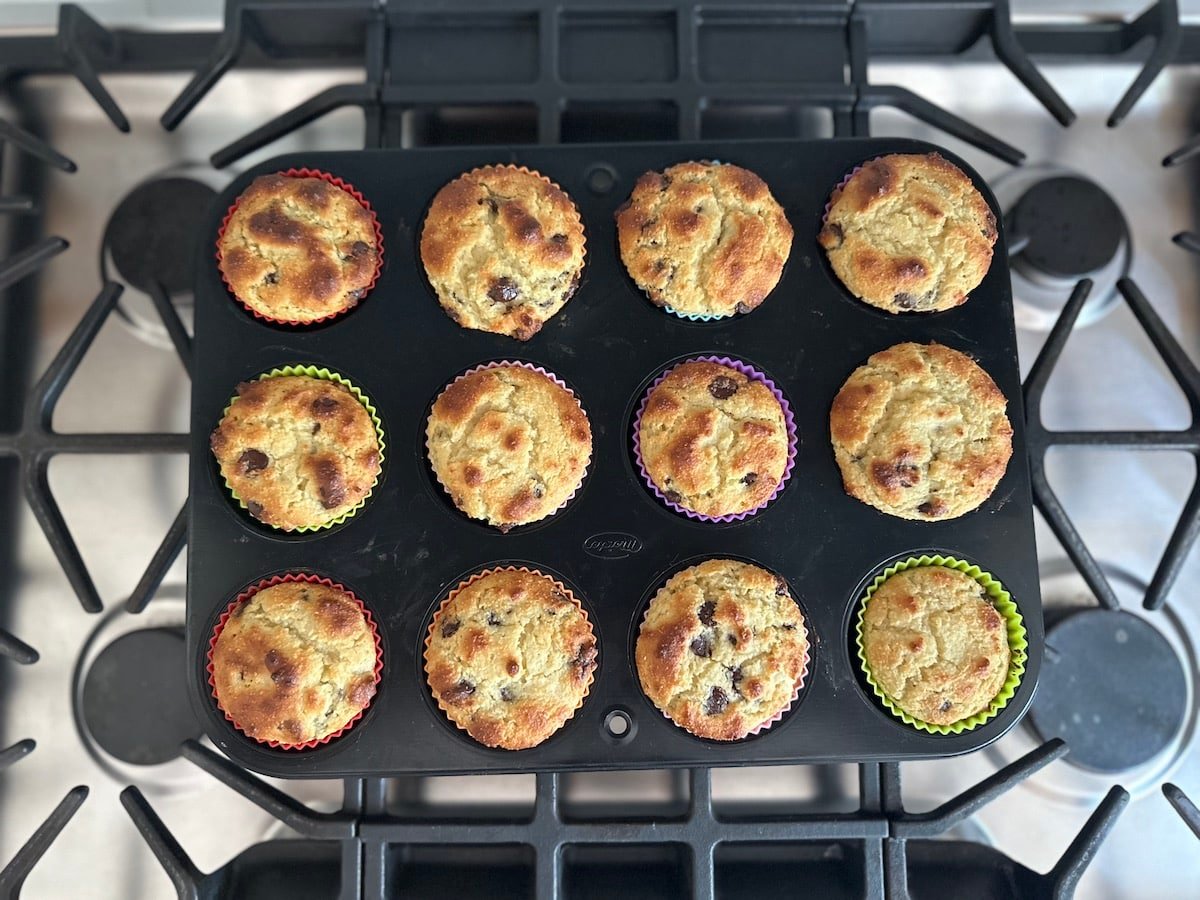When it comes to perfecting those crispy crusts, kitchen professionals often find themselves pondering over the difference between steel vs ceramic baking stone. The debate is as old as the tools themselves, each offering distinct benefits tailored to varied baking needs.
Whether youre a professional chef or an enthusiastic home baker striving for artisan precision, understanding these materials nuances can significantly impact your baking outcomes. This in-depth examination will help kitchen professionals decide which surface suits their style best.
:max_bytes(150000):strip_icc()/pizza-stone-testing-winners-lodge-pre-seasoned-cast-iron-baking-pan-wdickey-3-02-a8dc06f53f5d4be89d55a499294de19b.jpg)
Baking Basics: Understanding Material Differences
Before diving into the heated debate over steel vs ceramic baking stone, it's essential to comprehend what both materials offer.
The Beauty of Ceramic Baking Stones
Ceramic baking stones have a legacy in traditional baking. Their thermal conductivity allows for even heat distribution, which is crucial for achieving that evenly cooked product. Ceramic is porous, aiding in moisture absorption, and is famed for that crisp, beautifully browned crust. Learn more about the benefits of ceramic baking stones.
The Strong Suit of Steel Baking Stones
Steel baking stones, on the other hand, bring a different strength to the table. They absorb heat rapidly, which reduces baking times significantly. Their smooth surface leads to perfect browning and a glossy finish on the crust. The toughness of steel stones also ensures they can handle your most ambitious baking projects without cracking or chipping. Check out this complete guide on cast iron baking stones.
No Ordinary Bakeware: Impact on Baking Process
With their own pros and cons, steel and ceramic stones will each interact differently in your kitchen's rhythm.
Heat Retention and Distribution
For those craving a deeper dive into baking science, notice steel's high thermal conductivity compared to ceramic. Youll find steel offers unprecedented heat retention and even cooking, making it ideal for artisanal bread or pizza. Meanwhile, ceramic stone suits better for rustic loaves with delicate interiors.
Another aspect is the time it takes to preheat. Steel stones typically require shorter preheating periods than ceramic ones, but they stay hot longer, keeping your professional kitchen efficient and quick.
Ease of Use and Maintenance
Caring for these stones differs. Ceramic stones, though low-maintenance, require gentle handling due to brittleness. Steel stones are durable champions, easy to maintain with simple cleaning routines akin to those used for your coated cast iron skillets.
Professional Recommendations and Best Practices
Professional bakers might lean towards specific stones based on expertise and recipes they're known for churning out consistently. Experiment with your style while keeping these key thoughts in mind:
- For crispy pizzas and breads, steel offers precision with speed.
- Ceramic stones invite slow, meticulously-crisped loveliness.
- Consider your best recipes and the stones role enhancing them.
Our chefs recommend exploring different possibilities with baking stones for beautiful results.

FAQ
-
What are the main differences between steel and ceramic baking stones?
Steel baking stones heat faster and retain heat longer, ideal for pizzas, whereas ceramic stones provide even heat and are perfect for bread.
-
How do I decide which baking stone is best for my kitchen?
Consider the types of recipes you frequently bake. For quicker, high-heat recipes, steel is suitable. For precision and rustic culinary styles, ceramic can be better.
-
What maintenance is required for steel and ceramic baking stones?
Steel baking stones need simple routine cleanings similar to cast iron skillets, while ceramic requires careful handling to avoid cracks.
This article contains affiliate links. We may earn a commission at no extra cost to you.






Leave a comment
This site is protected by hCaptcha and the hCaptcha Privacy Policy and Terms of Service apply.